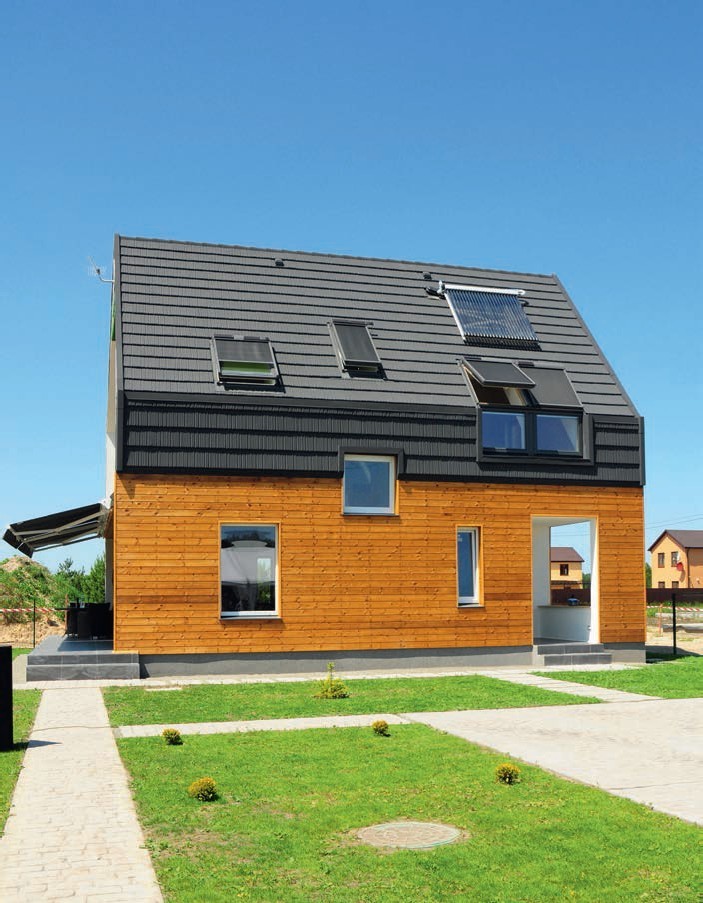
Solar thermal panels are great in the warmer months, but won’t give much of a boost over winter
Renewable energy has been all the rage for some years now. This is partly down to the generous subsidies that have been available from the public purse, in the shape of the Feed In Tariffand the Renewable Heat Incentive, as well as a desire on the part of homeowners and self builders to do their bit to help the environment and reduce running costs.
The problem is that we’ve been encouraged to look at green energy on an individual, house-by-house basis. But to my mind, sustainability in general and carbon dioxide levels in the atmosphere are global issues that necessitate global – or at least large-scale – solutions. So before we look in detail at the options for renewable power and heat generation, we first need to debunk the biggest myth of all.
THE MYTH: You are going to save the planet by installing renewable technology No you’re not. Of course we need to produce energy sustainably but the most cost effective way to do this – in terms of kilowatt-hours (kWh) of energy produced per pound invested – may well be through buying shares in off shore wind turbines, or wave & tidal power, rather than putting solar electric panels on the roof. Think about the economic impact on our industry and jobs, too; locallyproduced plant will help the regional economy.
Appropriately located and properly-designed micro renewable energy systems may be able to play a useful part in reducing the impact of housing, but it’s important to be aware of embodied energy and the environmental footprint of whatever technology you install.
RENEWABLE POWER
Electricity can be produced renewably from wind, water or sunlight. The best and most consistent of these sources is water, as many streams flow all year round, but sadly having a suitably powerful one running past your house isn’t especially common. Micro wind turbines are also rare in the UK, as you need a steady and vigorous breeze.
The most effective schemes are often communitybased – so a larger installation makes use of a better river flow, or in the case of wind, an exposed site where there is no housing and less concern about noise pollution. The local grid is then used to distribute the power. In reality the output from renewables is usually shared more widely and bespoke electricity networks connected to communityscale renewables are relatively uncommon.
This is the key point. We are all connected to the grid, so we must start by accepting this, and then work out the best ways to get renewable electricity into it.